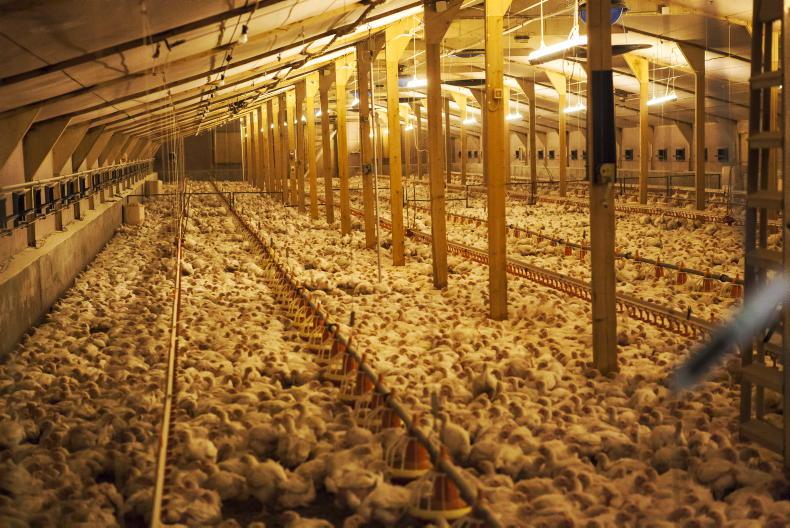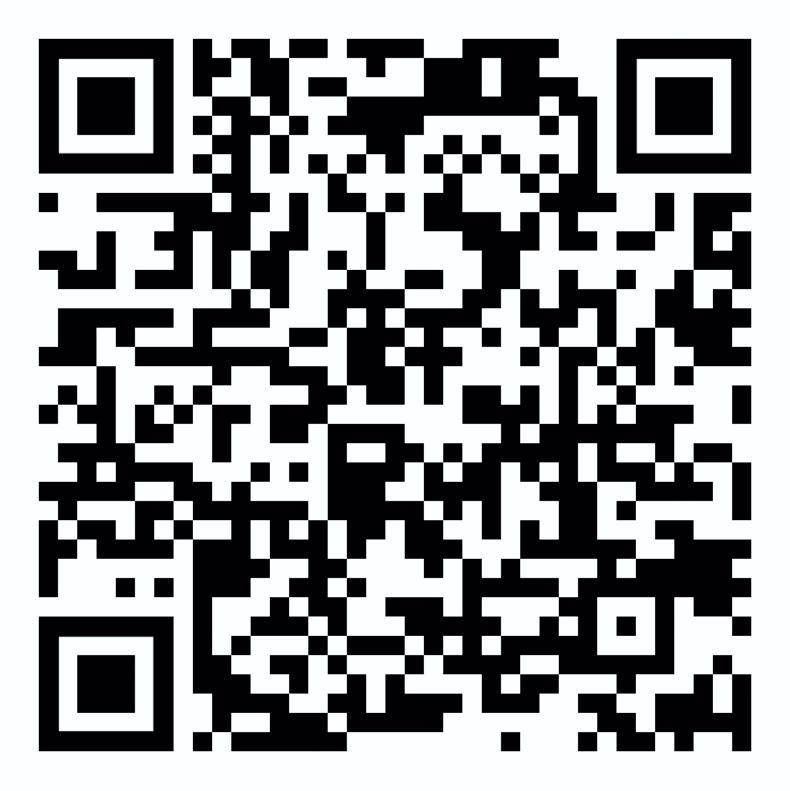The energy crisis continues to have a big impact on farms. Last year, over the space of a few months, energy prices more than doubled for most, which severely impacted the profitability of farming enterprises.
As energy use on many farms increases during the winter months, last year the Government introduced a €1.3bn Temporary Business Energy Support Scheme (TBESS) to tackle the higher bills. The scheme allows eligible farmers and businesses to get money back on their gas and electricity bills from the winter period.
The Irish Farmers Journal recently caught up with ifac’s Ciaran McCabe to run through the details of the scheme.
How does it work?
Ciaran explains that the scheme is relatively straightforward and farms with a high energy demand, such as dairy, pigs and poultry, will see the greatest benefit. To be eligible for the scheme, farmers must be tax compliant and have experienced an increase of 50% or more in their electricity and/or natural gas unit price over the winter period. Under the TBESS, they can claim back 40% of this increase. Other fuels such as oil, diesel, wood pellets, coal and LPG are not eligible, as they typically are not metered and verifiable by a MPRN and GPRN number.

High energy users may be entitled to a significant refund from Revenue.
Farmers can make a claim for the months between September 1 2022 to February 28 2023. Claims are made on a monthly basis and are compared against the reference period, which is the corresponding month in the previous year. For example, September 2021 is the reference period for the September 2022 claim period, October 2021 for October 2022 and so on.
The maximum amount which farmers can claim back in any month is €10,000. However, this can be increased to €30,000 if the farm is working from multiple locations (up to three separate locations).
If the farm house and the farmyard are on the same meter, the farmer has to estimate how much gas or electricity was used on the yard. This will form the basis of the refund. Pay as you go customers are also eligible, provided they get a statement of usage.
How to apply
Farmers can apply for the scheme directly on the Revenue website, but most will work with their accountant to submit the application.
In order to apply, farmers must know the amount of units used during the claim and reference months and the price paid for those units. This can be worked out from the bill. Revenue has a simple online calculator, which shows the total refund a farmer is due. It can be found by following the QR code below.

If the farmer decides to apply for the refund, they need either the MPRN or GPRN number, which can be found on electricity or gas bills, their tax reference number, name, address and Eircode of the farm. The refund is paid directly into the farmer’s account, unless there is an outstanding tax bill, in which case it will go towards that.
Deadlines
A farmer can submit an application up to four months after the claim month. January 31 is the last day to make a claim for the increased energy costs of September 2022. The five other deadlines are outlined in Table 1.
Farmers vs business
There are some differences between a farmer and commercial businesses applying for the scheme. For example, the amount a business can claim back is capped at €2m, while farmers are capped at €250,000.
Furthermore, if a farmer claims over €10,000 back in a given month, their details are made public. A commercial business must claim back more than €100,000 in a given month before their details are made public.
Who has claimed so far
Uptake so far in the farming sector has been relatively low. Ciaran advises farmers to check if they are eligible for the scheme and use Revenue’s online calculator to see how much they are entitled to. To date, 616 farmers have completed the registration process for the TBESS and 221 claims have been approved to the value of €1.35m.
In total, over 12,000 businesses have registered for the scheme and nearly 5,000 have claimed a refund totaling around €11m.
In the following three examples, we assume that the average price paid for electricity in 2021 was €0.24/kWh. In these examples, the unit price has increased to €0.41/kWh, which is a 75% increase, meaning they are eligible for the scheme.
Poultry
A broiler farm with 180,000 birds uses 53,829kWh of electricity from September and November 2022. The farmer saw their bill increase from €14,166 during that period in 2021 to €22,608 in 2022. In that case, the farmer would be eligible to a refund of €2,476.
Pigs
A pig farm with 6,000 pigs uses a total of 78,254kWh of electricity between September and November 2022. The farmer saw their bill increase from €20,773 during that period in 2021 to €32,629 in 2022. In this example, the farmer would be eligible for a refund of €4,611.
Dairy
A 150-cow dairy farm using a conventional milking parlour uses 11,581kWh of electricity during September and October 2022.
Their bill came to €4,864 compared to €2,843 during the same period in 2021.
The farmer would be eligible to a refund of €421 from Revenue.
The energy crisis continues to have a big impact on farms. Last year, over the space of a few months, energy prices more than doubled for most, which severely impacted the profitability of farming enterprises.
As energy use on many farms increases during the winter months, last year the Government introduced a €1.3bn Temporary Business Energy Support Scheme (TBESS) to tackle the higher bills. The scheme allows eligible farmers and businesses to get money back on their gas and electricity bills from the winter period.
The Irish Farmers Journal recently caught up with ifac’s Ciaran McCabe to run through the details of the scheme.
How does it work?
Ciaran explains that the scheme is relatively straightforward and farms with a high energy demand, such as dairy, pigs and poultry, will see the greatest benefit. To be eligible for the scheme, farmers must be tax compliant and have experienced an increase of 50% or more in their electricity and/or natural gas unit price over the winter period. Under the TBESS, they can claim back 40% of this increase. Other fuels such as oil, diesel, wood pellets, coal and LPG are not eligible, as they typically are not metered and verifiable by a MPRN and GPRN number.

High energy users may be entitled to a significant refund from Revenue.
Farmers can make a claim for the months between September 1 2022 to February 28 2023. Claims are made on a monthly basis and are compared against the reference period, which is the corresponding month in the previous year. For example, September 2021 is the reference period for the September 2022 claim period, October 2021 for October 2022 and so on.
The maximum amount which farmers can claim back in any month is €10,000. However, this can be increased to €30,000 if the farm is working from multiple locations (up to three separate locations).
If the farm house and the farmyard are on the same meter, the farmer has to estimate how much gas or electricity was used on the yard. This will form the basis of the refund. Pay as you go customers are also eligible, provided they get a statement of usage.
How to apply
Farmers can apply for the scheme directly on the Revenue website, but most will work with their accountant to submit the application.
In order to apply, farmers must know the amount of units used during the claim and reference months and the price paid for those units. This can be worked out from the bill. Revenue has a simple online calculator, which shows the total refund a farmer is due. It can be found by following the QR code below.

If the farmer decides to apply for the refund, they need either the MPRN or GPRN number, which can be found on electricity or gas bills, their tax reference number, name, address and Eircode of the farm. The refund is paid directly into the farmer’s account, unless there is an outstanding tax bill, in which case it will go towards that.
Deadlines
A farmer can submit an application up to four months after the claim month. January 31 is the last day to make a claim for the increased energy costs of September 2022. The five other deadlines are outlined in Table 1.
Farmers vs business
There are some differences between a farmer and commercial businesses applying for the scheme. For example, the amount a business can claim back is capped at €2m, while farmers are capped at €250,000.
Furthermore, if a farmer claims over €10,000 back in a given month, their details are made public. A commercial business must claim back more than €100,000 in a given month before their details are made public.
Who has claimed so far
Uptake so far in the farming sector has been relatively low. Ciaran advises farmers to check if they are eligible for the scheme and use Revenue’s online calculator to see how much they are entitled to. To date, 616 farmers have completed the registration process for the TBESS and 221 claims have been approved to the value of €1.35m.
In total, over 12,000 businesses have registered for the scheme and nearly 5,000 have claimed a refund totaling around €11m.
In the following three examples, we assume that the average price paid for electricity in 2021 was €0.24/kWh. In these examples, the unit price has increased to €0.41/kWh, which is a 75% increase, meaning they are eligible for the scheme.
Poultry
A broiler farm with 180,000 birds uses 53,829kWh of electricity from September and November 2022. The farmer saw their bill increase from €14,166 during that period in 2021 to €22,608 in 2022. In that case, the farmer would be eligible to a refund of €2,476.
Pigs
A pig farm with 6,000 pigs uses a total of 78,254kWh of electricity between September and November 2022. The farmer saw their bill increase from €20,773 during that period in 2021 to €32,629 in 2022. In this example, the farmer would be eligible for a refund of €4,611.
Dairy
A 150-cow dairy farm using a conventional milking parlour uses 11,581kWh of electricity during September and October 2022.
Their bill came to €4,864 compared to €2,843 during the same period in 2021.
The farmer would be eligible to a refund of €421 from Revenue.








 This is a subscriber-only article
This is a subscriber-only article










SHARING OPTIONS: